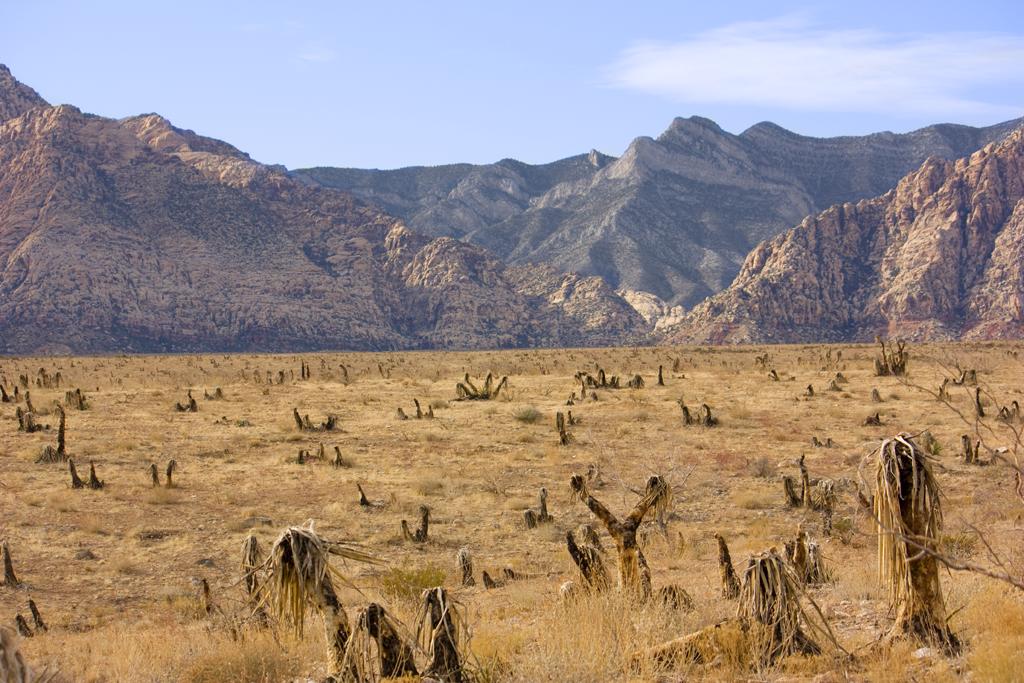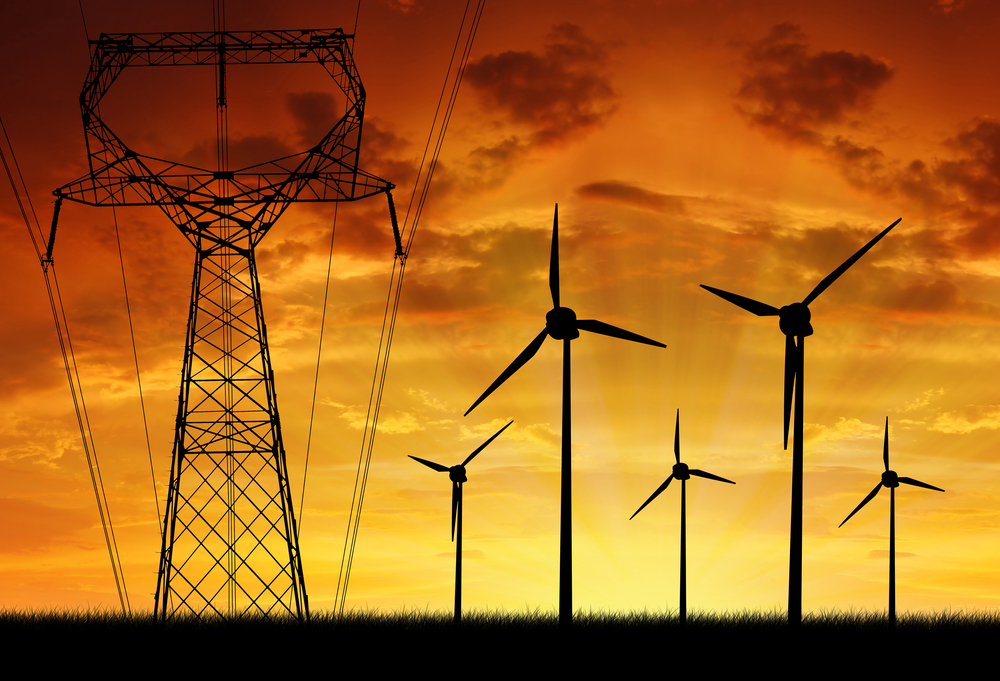Five people will make a decision soon that will have an outsized impact on the future of renewable energy in America. I’m not talking about big shots like Obama, Koch, Boehner, Bloomberg, or Steyer. I’m talking about names many have never heard of: Moeller, Norris, LaFleur, Clark, and Binz (if he is confirmed). These are the chief electricity officers of the United States of America — they are the commissioners of the Federal Energy Regulatory Commission (FERC).
You’ve probably heard this before: “Scientists agree that in order to avoid the worst consequences of climate change, we must generate 80 percent of our energy from renewable sources by 2050.” No single entity will play as crucial a role as FERC in ensuring that the infrastructure exists to handle new renewable energy generation.
President Obama’s climate plan is a courageous step forward and deserves the widespread media coverage it has received. But only the acceleration of utility-scale renewable energy projects can take us where we need to go.
Modernizing our nation’s power system is a daunting task, but there are good reasons to be optimistic. America has enough wind and solar to power the entire country more than a dozen times over. And with the cost of wind and solar going down every day, rapid development of large-scale generation projects appears inevitable.
But if you place the map of regions with the best wind and solar energy on top of a map of our current transmission system, you won’t find too much overlap. Transmission is the key to unlocking America’s virtually unlimited renewable resources and delivering their energy to users.
Unlike our interstate highway system, which is funded by taxpayers, high-voltage transmission lines are built with private capital. Investors will put money into transmission projects as long as they generate returns that are attractive relative to similar types of investments. This is where FERC steps in. They set the return on equity (ROE) for transmission projects across the nation.
As you might imagine, the higher the ROE, the more incentive there is to build transmission. A company would never invest in our grid if the maximum ROE was 1 percent — meaning it would take 100 years to recoup the costs of a project. And if it was 100 percent, we would end up building much more transmission than we need and sticking consumers with the bill.
Recent history also tells us that the cost of inadequate transmission is steep. Electric customers are still paying billions of dollars per year for congestion, poor reliability, and overpriced power from dirty, outdated, and inefficient power plants — all of which are the direct result of three decades of underinvestment in transmission. Renewable energy was locked out of a strained and inadequate grid. In the mid-2000s, FERC recognized the chronic neglect of transmission investments as a major burden on ratepayers and a barrier to modernizing our electric system, and stepped in to raise transmission ROEs.
That decision helped spur a wave of new transmission investments that are reducing costs to consumers and expanding access to renewable energy. For example, the Midwest ISO has begun a new set of transmission lines called the MVP projects. The average consumer is seeing $23 in savings for every $11 spent these new lines.
Why is transmission such a great deal for electric customers? It’s the smallest part of an electric bill — 11 percent on average — compared with 58 percent for generation and 31 percent for distribution. Transmission pays for itself quickly by relieving costly congestion, moving cheap and clean renewable power to customers, making the grid more reliable and secure, and putting old and inefficient power plants out of business. Simply put, transmission is essential infrastructure for competition, consumer choice, economic efficiency, and environmental protection.
Despite the well-documented value that transmission investments deliver to ratepayers and the environment, FERC has been hearing complaints recently that ROEs for transmission projects are too high, and that ratepayers need relief. These complaints are misguided, and their timing could not be worse. Never in our history has so much depended on expanding and modernizing our electric transmission system.
Our chief electricity officers may never get the ROE for transmission “just right”; the uncertainty of markets, interest rates, and the economy probably make that lofty goal impossible to achieve. But they can — and they must — ensure that ROEs remain at levels that ensure a steady and stable flow of private capital into urgently needed transmission investments. Failing to do so would stall renewable energy development and with it progress on reducing emissions, and would increase the cost of electricity for everyone.
The president’s climate plan is moving forward. State renewable energy standards are helping expedite that progress. The falling costs of wind and solar are driving growth. But none of that will matter if the infrastructure to deliver renewable energy to customers is not built.
Five FERC commissioners will make a little-noticed decision in the near future, one that will either keep us on the right track, or throw a major obstacle — one that we can ill-afford — on the road to achieving our nation’s renewable energy future and stabilizing our world’s climate.




